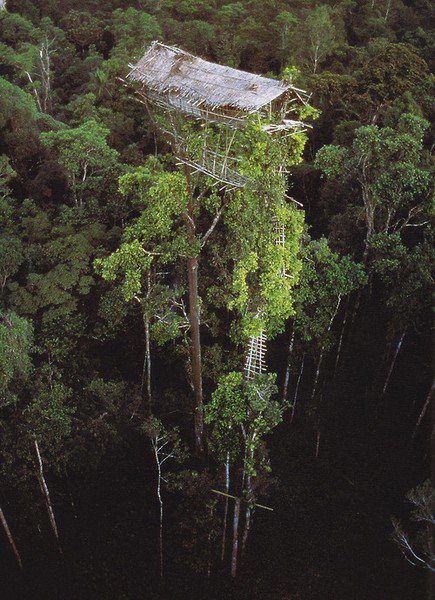Sharing health foods and good living practices.
In
today’s world, echoes say being sick could be prevented . Being sickly is very
costly and may ruin your life. Being fit and healthy is a mantra. One way to
keep ourselves at the peak of good health is by following a healthy living
diet. This does not mean though that you will not be able to enjoy your
favorite delicious meals, but you just have to make the right and healthy
choices.
- EAT A HEALTHY DIET. Embracing foods on fresh fruits, vegetables, whole grains, fish and lean cuts of meat into our diet is a good preference. Eating processed and fast food is a dreadful choice. These are the types of foods that are full of sugar, unhealthy fats and salt. A good tip when grocery shopping is to focus on items that are on the perimeter of the store. This is the area where you will find fresh foods. The aisle, for the most part, is where the unhealthier foods are.
- EXERCISE ON A REGULAR BASIS. The leading cause of death today is heart disease and regular exercise is known to be the best way that you can prevent it. Try to exercise at least 30 minutes each day. Choose something that you enjoy doing and it will be easier to stick with your program for the long term. Walking, swimming, biking, any favorite sport and chore or other forms of aerobic exercise will give you the most benefit.
- MAKE REGULAR DOCTOR VISITS. We often ignore abnormal health symptoms and avoid going to doctors. If it’s not in our schedule going to the doctor, it is suggested that during birthdays, one of the first activity is going for a checkup. The birthday is a reminder of going to the doctor yearly. Make the appointment and keep it. There are some that need a little push so get a family member involved that will make sure you go to your doctor. It is in your best interest as well as theirs.
- . KEEP AN EYE ON YOUR WEIGHT OR WAISTLINE. One way that you can determine if your health is at risk is by your waistline. If your waist is larger than 40 inches this may be a reason for concern. Surely, you are also overweight. Studies have shown that men with larger waistlines are more susceptible to heart disease, diabetes, high blood pressure and other health issues.
- HAVE YOUR VITAMINS. You can do this in two ways. Take a multivitamin each day and make sure your diet includes vitamin rich foods. Eating foods that are high in fiber will help you accomplish this. One side note here, some commonly prescribed drugs have the effect of depleting our bodies of needed nutrients and vitamins so if you are taking anything for a condition you have it would be a good idea to speak to your doctor about this on your next visit.
- SAY NO TO THE COMMON HEALTH SINS. Don’t smoke. This is one of the leading health risks that we face today. Even second hand smoke can have negative effects on your health and the health of people around you. It is a major contributor to lung cancer, COPD, emphysema and other diseases.
If you drink
alcohol make sure that you do it in moderation. While some alcohol consumption
has been reported to reduce the risk of heart disease doctors recommend that
you do it in more healthy ways such as exercise. Alcoholism has negatively
affected many people along with their families.
Stay away from
drugs such as cocaine and anabolic steroids. Cocaine has been shown to increase
the risk of heart attacks and stroke. It has become all too common for men who
are trying to increase body mass to resort to steroids. Unfortunately there is
a high price in term of health that is often paid.
By following
these simple guidelines you can greatly increase the probability of living a
much healthier and productive life. You will not only feel better but look
better as well.





















